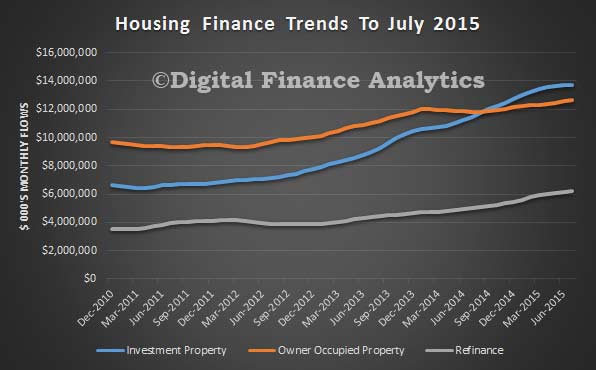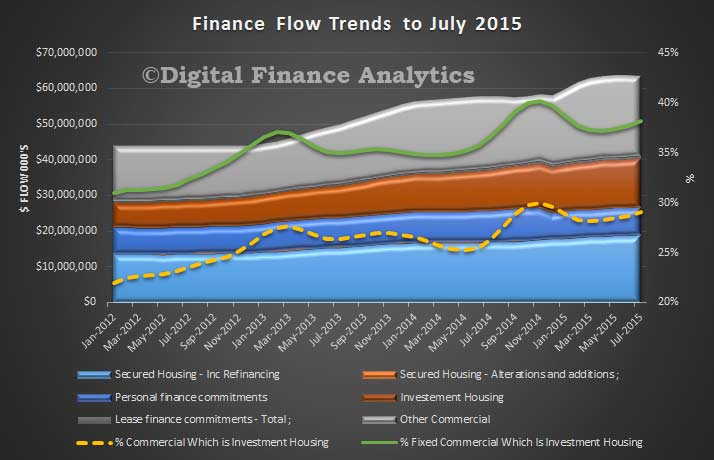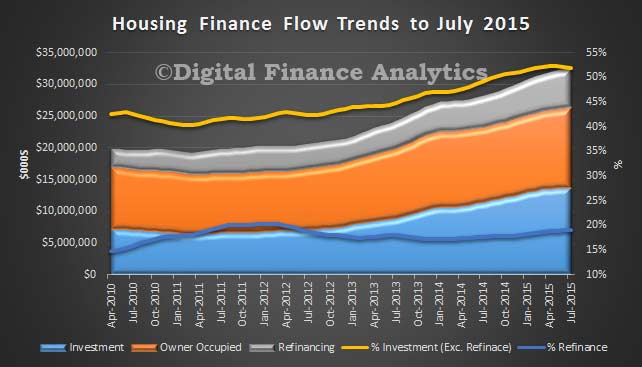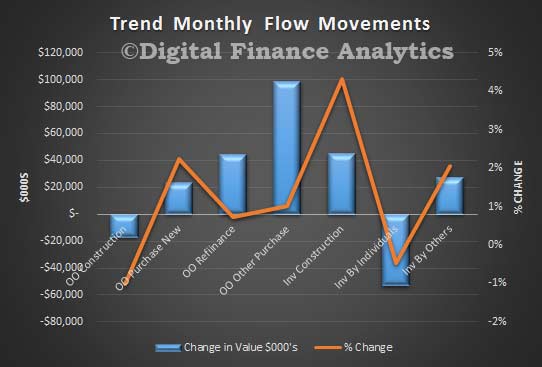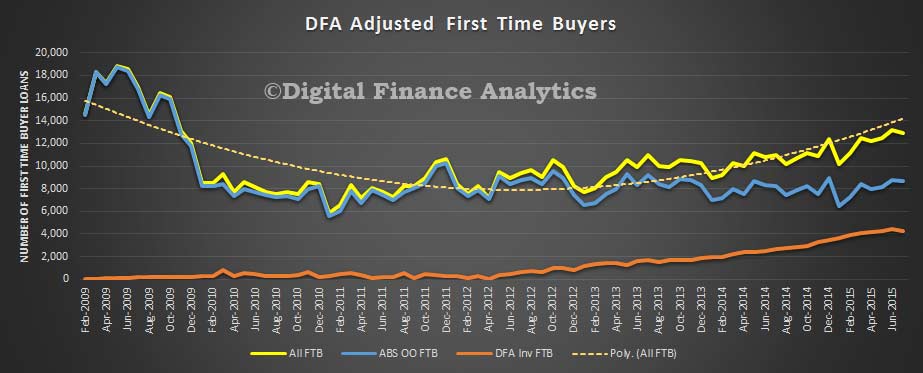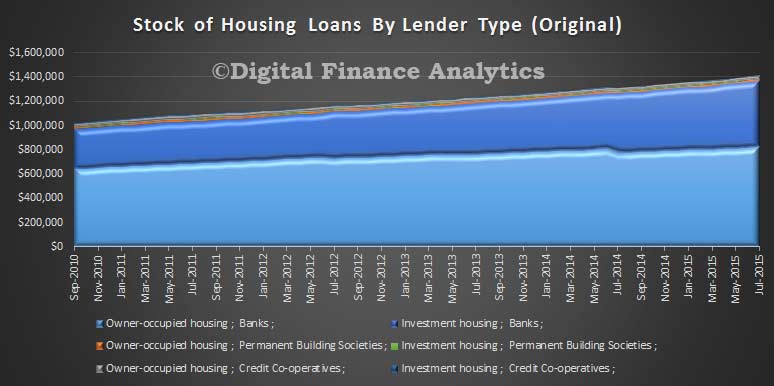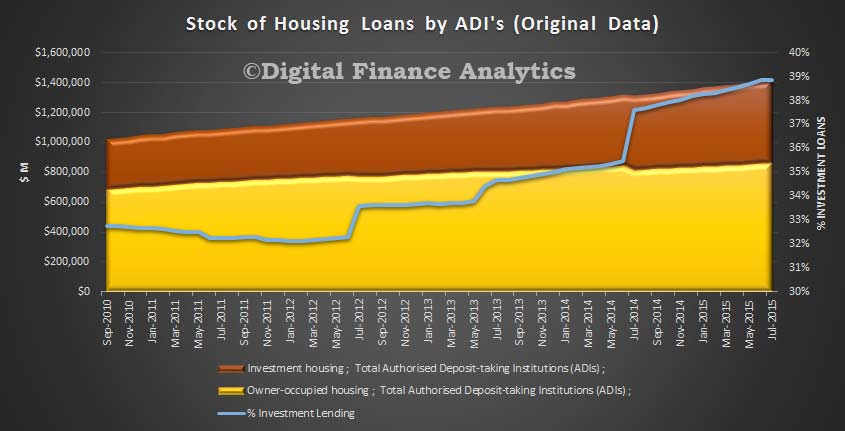From The Conversation.
When Australia’s new treasurer walks into the office on Monday morning, a stack of unfinished business awaits. A quick scan of the Treasury website reveals four major inquiries begun in the past 18 months that are still in progress – the Financial System Inquiry, the Competition Policy Review, the Tax White Paper and the Northern Australia Insurance Premiums Taskforce.
The outcomes of these processes open up the possibility of bold decisions that would uplift the outlook for the nation’s economic growth and longer-term prosperity. It is worthwhile to delay a rush to judgement, and consider a framework and narrative that incorporates and informs all of these areas of inquiry.
The most obvious piece of pending business is the government response to the Financial System Inquiry led by David Murray over the course of 2014. The government response, which had been promised for a few months now, appeared ready to be issued this week.
Indeed, close observers have been left wondering whether there would be much “response” in the response, in light of pronouncements that have already been made. Banking regulator APRA has issued guidance on bank capital (with significant market impacts this year); the government has drafted new legislation on superannuation governance that has been released for public consultation; the decision has been made to not impose a deposit insurance scheme; ASIC’s capability and funding model are currently under review; and the RBA has conducted a payments review including interchange fees.
Off the back of these reviews, other mini-inquiries and consultations have emerged. The Assistant Treasurer Josh Frydenberg in August announced a regulatory review of the payday lending industry. The review of retirement income stream regulation that took place last year is still pending outcomes, and perhaps partly rolled into the Tax White Paper process.
The Northern Australia Insurance Taskforce is examining ways in which the government’s balance sheet can be used to reduce insurance premiums in specific regions of Australia – perhaps without the rest of the Australian community fully appreciating the knock-on impacts this could have for other policyholders. Also under-appreciated are other changes in the insurance industry, such as how the Medibank privatisation is redrawing the regulatory landscape on health insurance.
Yet, one wonders whether the two core positions in the FSI report have been lost in all of the noise: the need to enable efficient funding of the economy by removing distortions, and the ability to promote competition and innovation through appropriate policy settings.
Removing distortions and enabling competition including through innovation in the financial system are both absolutely critical; they are the engine of sustainable financial sector growth. And there is a lot of work to be done.
What does sustainable financial sector growth look like, and why is it important? What is the policy framework that surrounds it? The narrative that will explain this to the Australian community needs to be developed and communicated. Without it, the bold policy choices that are yet to be made are likely to come across as tedious, intangible and maybe just too hard.
The story is straightforward, but is not told often, or well. When we hear from politicians about our economic future, the focus is usually on the goods-producing sectors – mining, agriculture, food, specialised manufacturing. In services we focus on easily-understandable cross-border movement in people – tourism and higher education. We rarely hear boosterism applied to financial services.
Yet, financial services is the largest single industrial segment in the Australian economy by gross value added. It is the largest contributor of corporate tax to the Australian government. It is a major employer in most states, and dominant in NSW and Victoria. It is also probably the largest single services export from Australia to the rest of the world, as ACFS detailed in a recent report. Its above-average rate of productivity growth over the past decade suggests that Australia’s financial sector is innovative.
Of course, the financial services sector also plays an important role in intermediating funds that support growth and innovation through the rest of the economy. The financial services sector runs the payments system, the credit system and the capital markets system that both funds business activity and provides wealth management products for households. Financial services also manage risk through insurance.
What the government has done thus far with the FSI report is fine, but there is potential to go a lot further. The need for this can be seen in the gaps where the financial system has been found wanting: credit to small business, generation of venture capital, creation of a broader suite of retirement income products, the high cost of insurance in some sectors.
Creating supports for clusters for innovation in finance, writing legislation that would enable digital identities while protecting personal financial data, forcing greater access to and use of data so as to level the playing field for competition – these are proactive and forward looking recommendations that may not be easy but must be done. Push the financial sector into the digital age, and the rest of the economy will follow.
And then there is the infrastructure. The NBN may be on its way, but what about data storage in the cloud? This has become essential infrastructure that allows financial firms to store their data at lower cost. Enabling this functionality while protecting firms from cyber crime would be a whole-of-economy advance in Australia’s global competitive position.
A framework that removes distortions and enables competition and innovation – this speaks to the agile, innovative, creative future that Prime Minister Malcolm Turnbull articulated in his victory speech on Monday night. Build the narrative around the inquiries, and good outcomes are sure to follow.
Author: , Deputy Director, Australian Centre for Financial Studies


